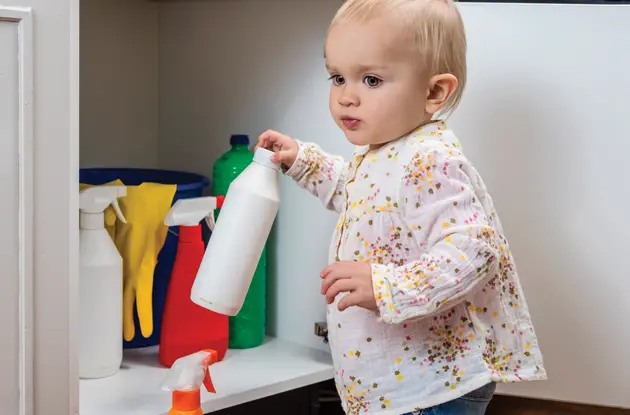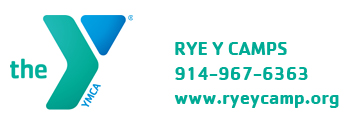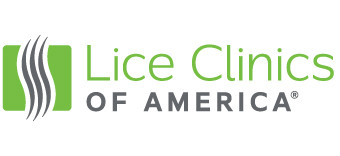
5 Ways to Update Your Toddler Proofing Measures
Here's how to update your safety measures at home once your baby becomes a toddler.
Get can’t-miss family activities sent to you!
Get the Best Kid-Friendly Activities
Sent to You Weekly!
Furniture
The CPSC advises parents anchor all furniture to the wall, or secure it with anti-tip brackets. This includes dressers, entertainment sets, televisions, and any furnishings with drawers. Additionally, to reduce risk of any of these items toppling over, be certain to use all products according to manufacturer instructions.
According to anchorit.gov, even if your furniture is safely mounted, children can climb up shelves. To discourage children from scaling furnishings in an attempt to reach appealing objects, never store toys, remote controls, or other desirable items on top of tall furniture.
Kitchen
Just like the bathroom, the kitchen is filled with potential hazards. As always, you’ll want to secure all cabinets and drawers with childproof latches, but that’s not all. “One of the things I try to encourage parents to do is actually do most of the cooking while the child is asleep so you haven’t got all of this buzzing activity, sharp knives, hot stoves, ovens, and everything at the same time,” Ziegler advises.
Of course, on a busy day it’s not always convenient to wait until nighttime to prepare dinner or do the week’s meal prep. When waiting isn’t an option, try to cook on the back burners so children can’t reach up and grab anything. Additionally, always “make sure you always turn [pot’s and pan’s] handles inwards,” Ziegler says.
Heating System
We all know how cold it can get in New York when winter rolls around. However, radiators may be a potential hazard. “Parents with radiators can install covers that are both functional and fashionable, Thibault says. These covers can prevent children from coming into direct contact and sustaining serious burns.
Also begin educating your children about the risk of injury from burns. “Start teaching them the word hot very early,” Ziegler advises. “You need to sound a little alarming when you say the word. You need to start instilling the understanding of hot. You don’t want them to be touching that hot radiator and getting that burn.”
And though a nice hot bath may seem ideal after a day in the snow, keep your water heater set to less than 120 degrees Fahrenheit. “A lot of water that comes out of your tap is very, very hot and a child can be scalded by it,” Ziegler warns. “Make sure that if there is a temperature gauge that you can vary, bring it down.”
Lastly, if you’re not sure if an area of your home is fully toddler proofed, you may need a change of perspective. “Get down on all fours and crawl around the room and look up as if you were that toddler…You’re really going to identify with what your child is seeing,” Ziegler says.
“Check out your home from your toddler’s viewpoint,” Thibault advises. “What looks interesting but is potentially dangerous?” This could point out any aspects of child proofing you might have overlooked.









